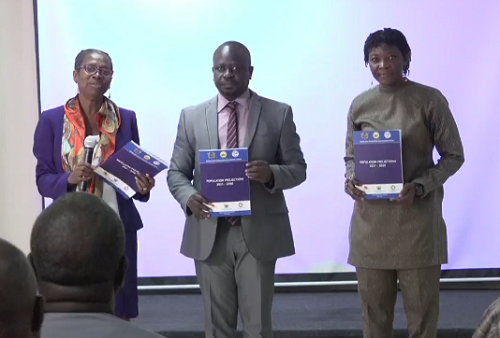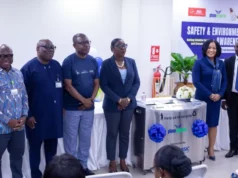The Ghana Statistical Service (GSS) has released a new report outlining growth projections for the country’s population.
By 2050, Ghana’s population is expected to surge by 70.36percent, reaching an estimated 52.47 million, compared to 30.83 million in 2021.
The report, titled “Population Projections 2021 – 2050,” utilizes data from the 2021 Population and Housing Census as well as historical sources.
It predicts a steady rise over the next decade, with the population reaching 33 million by 2024 and exceeding 44.7 million by 2040. Although, the projected rates of population growth suggest a decrease in the population growth rate in the next 25 years.
Shifting demographics
The report indicates that Ghana’s population structure is undergoing a transformation. The proportion of children (aged 0-14) is projected to decline further, reaching 29.1% by 2050, while the population aged 60 and over is expected to rise significantly, reaching 10.8% by 2050 from 6.5% in 2021.

The trend towards urbanization is expected to continue. The urban population is projected to reach 60.7% by 2030, with Greater Accra, the most urbanized region, experiencing a population density increase of 1.3 times by 2030.
Gender and education
The report highlights Ghana’s existing gender disparity, with a slight female majority. This is expected to decrease slightly, with the male-to-female ratio reaching 96 per 100 by 2050.
Six of the 16 regions have more males for every 100 females in 2021 and is highest in Western North (105), followed by Western (103), Ahafo (102), Oti (102), Savannah (102) and Bono East at 101. By 2050, only four regions (Western North, Western, Ahafo and Oti) will remain male dominated.
Sex ratio was lowest in the Volta Region with 91 males for 100 females in 2021 and is projected to decrease further to 90 males per 100 females in 2050.
The number of school-going children (aged 4-24) is projected to rise steadily, reaching an estimated 15.85 million by 2030. Greater Accra is expected to have the highest school-age population by 2030, followed by Ashanti Region.
Working age and elderly population
The working-age population (aged 15-59) is projected to increase, reaching over 22 million by 2030. Three northern regions – North East, Northern, and Savannah – are expected to see the highest increase in their working-age population.
The elderly population (aged 60 and over) is also projected to rise, with six regions (Northern, Savannah, North East, Western North, Bono East and Greater Accra) expected to see an increase of over 50% by 2030.
Planning for the future
In an interview, the Deputy Government Statistician, Dr. Faustina Frempong-Ainguah said these population projections provide valuable insights for policymakers and institutions for planning.
She urged the government to look at the pressure the population density will place on facilities in Accra in the coming years.




































